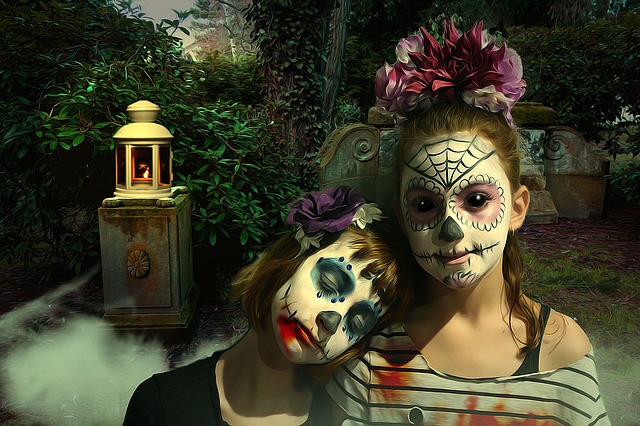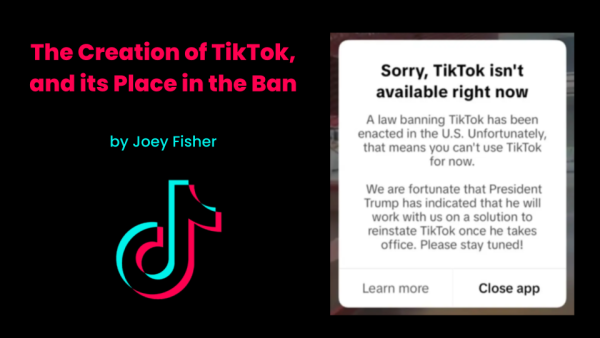The Meaning Behind Día de los Muertos
One time a year, our departed come back to celebrate with us
You’re probably a bit familiar with the two-day holiday filled with bright colors, face painting and, of course, skeletons! But do you know what are the basic elements that have to be on an ofrenda (altar)? Or that each and every single part of the holiday has a purpose and meaning? From sugary skull candies to incense on the altar, people everywhere can learn about Día de los Muertos and why it’s so important to our culture.
Día de los Muertos is a time from October 31 – November 1, where families get together to honor their loved ones who have passed. It has been thought of as a time for families to mourn but this a HUGE mistake; in fact, it’s the exact opposite. Día de los Muertos is meant to be a time of celebration and remembrance. We do that by dancing in the streets, painting ourselves, baking fresh goods and decorating the ofrenda.
So where does all of this take place? It takes place in where one has been buried after they are dead, the cemetery. Just as you need to clean a house before you can renovate it, families clean the grave to decorate with special elements. This is also usually the site of where the ofrendas are put up.
Ofrendas, the centerpiece of this aesthetic holiday, is the pinnacle of honoring the dead. Each decoration/element represents something. For example, orange flowers, or cempasuchiles, represent the person’s time here on earth. Salt and water represent purity and a simple beverage for the spirits to drink to quench their thirst after the long journey from the land of the dead.
Some people see this holiday as the “Mexican Halloween,” but that’s not it at all. So next time you see others start putting up colorful decorations and elements on the altar, remember that the meaning and purpose: a time to show off our beloved ones who now live in the Land of the Dead.
Jazzmyn Prado loves writing about things that others find interesting while also writing about what she believes in.







Sra. Lee • Dec 10, 2019 at 8:46 am
Great piece, Jazzmyn! So proud of you for taking the time to share this with all the students of Prairie Ridge. It is such a beautiful cultural celebration!
Neha Konjeti • Nov 23, 2019 at 6:24 pm
I really liked your style of writing! I liked the comparisons you made, such as cleaning the grave to decorate it can be thought of as cleaning your house to renovate it. I liked how you explained what each element represents such as salt and water for purity. I definitely learned some interesting facts. Nice job Jazzmyn!
Ruth Ann Vokac • Nov 1, 2019 at 4:56 pm
I really appreciate your explaining the meaning of Día de los Muertos. I don’t remember ever reading or hearing this information before!